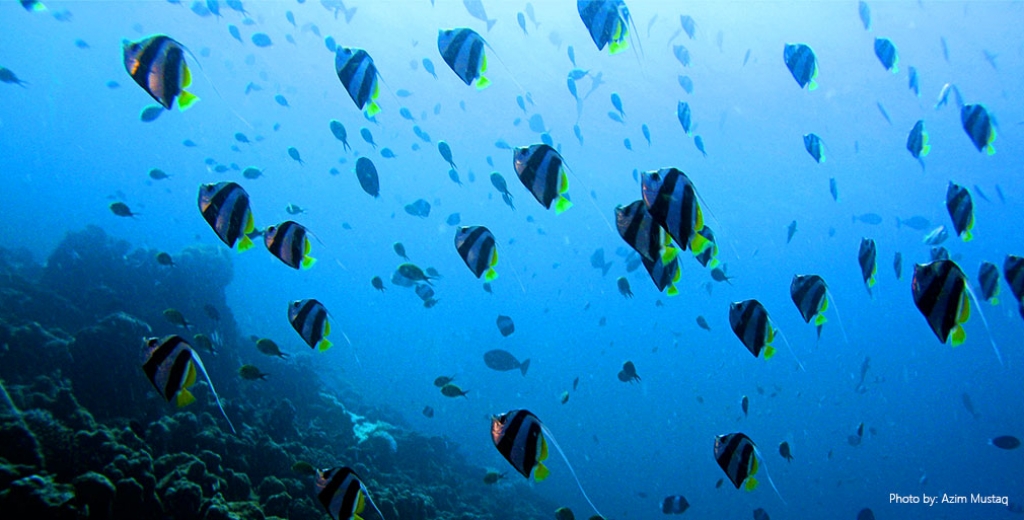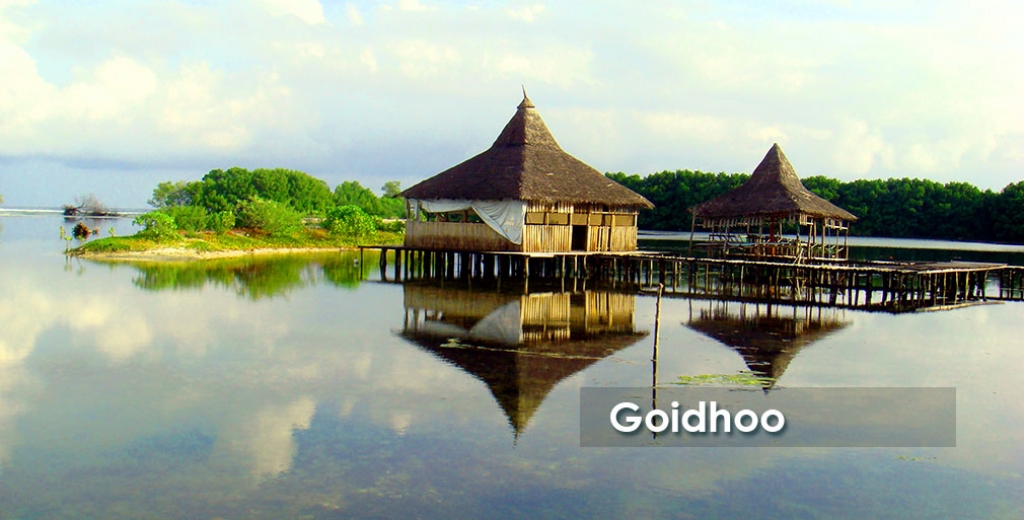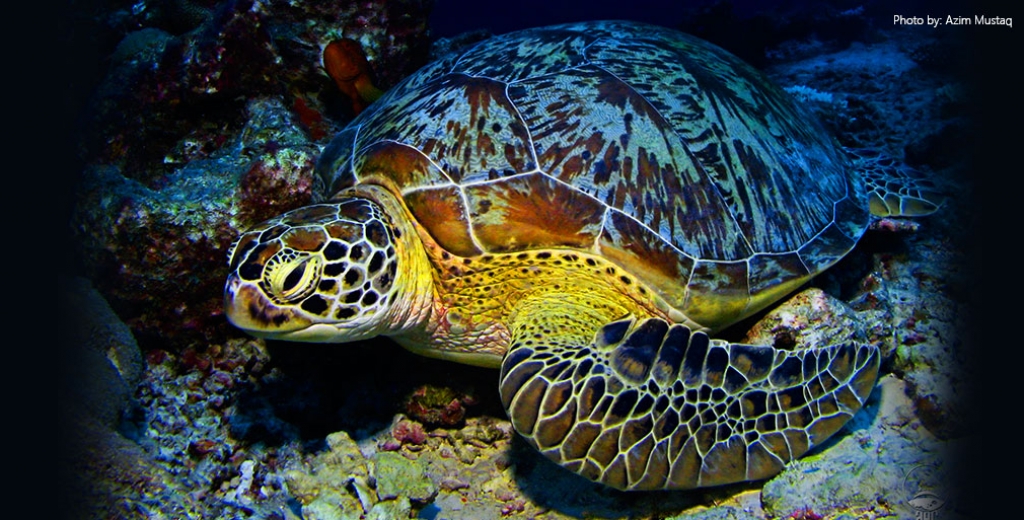Livelihoods and Sustainable Development Programme
Support to livelihood development initiatives that are consistent with the objectives of the Biosphere Reserve Working with key sectors (fisheries, tourism, agriculture, transport, construction etc) to build sustainability as a core principle of development Promoting measures to address climate change including mitigation (eg renewable energy) and adaptation activities.
Outreach programme
Working with schools and NGOs to promote education and awareness to enhance the objectives of the Biosphere Reserve
Developing community engagement and volunteering activities in support of the Biosphere Reserve
Identifying priority research topics and supporting local, national and international research initiatives that will enhance the Biosphere Reserve
Coordinating monitoring programmes, making the data available and reporting the results
Conservation Programme
Supporting implementation of the Biosphere reserve zonation system, including monitoring of developments, input to EIAs and the enforcement of regulations in close consultation with EPA and the police;
Promoting implementation of the management plans for core areas, and where necessary enforcing regulations in close consultation with EPA and the police;
Implementing, and regularly updating, the programme of strategic actions to reduce key threats to biodiversity.




















